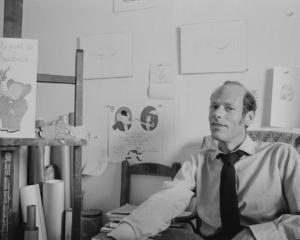The History of Bees, by Maja Lunde, is less about bees and more about familial bonds.
THE HISTORY OF BEES
Maja Lunde
Touchstone
By KIM ODE

It becomes clear on the first page of The History of Bees that it is not really the history of bees. We start with a chapter titled "Tao'', which is set in a district in Sichuan, China, in the year 2098.
But then comes the second chapter, called "William,'' set in England in 1851.
And then the third chapter, "George,'' set in Ohio in 2007.
And so Maja Lunde establishes a pattern, sending her readers through the centuries, using these characters to show how better beehives were invented (that's William), how pesticide-plagued bee colonies began to collapse (George), and how humans might come to be employed as pollinators, creeping among tree branches, delicately brushing each fruit blossom with a feather dipped in pollen (Tao).
In the wrong hands, this tack could seem gimmicky. But Lunde, a Norwegian author and screenwriter, threads a common string through these characters.
The novel becomes far less about bees than about family; about how the relationship between parent and child can be passionate, desperate, tragic and uplifting.
Lunde is best known as a children's author. This is her first novel for adults, but it's hard not to think that her immersion in a youthful world informs her ability to write with a devastating elegance about the bond - or lack thereof - between parent and child.
A History of Bees is a dark read, and yet it ends on a wavering note of optimism. It is the first in a "climate quartet''.
- Star Tribune











